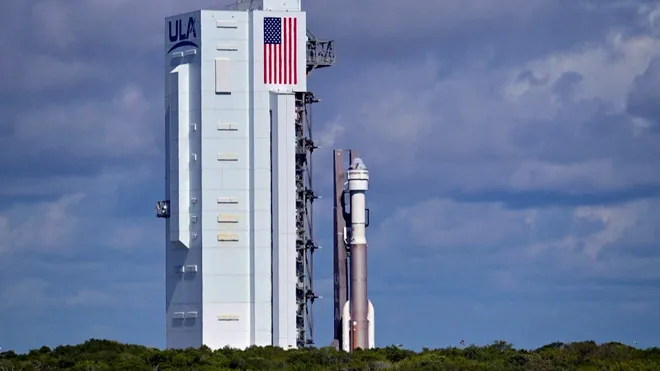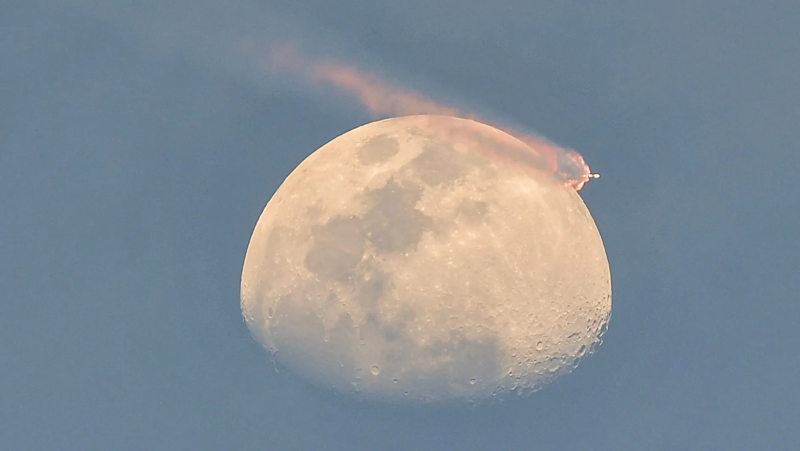Boeing Starliner launch livestream: Watch as NASA sends 2 astronauts to ISS
Update:The Starliner spacecraft launched at 10:52 a.m. ET Wednesday from the Kennedy Space Center in Cape Canaveral, Florida.
After Saturday's launch for the Boeing Starliner spacecraft was scrubbed once again due to technological issues, a new launch date has been set for this week.
USA TODAY is providing live coverage of the Boeing Starliner launch, which is scheduled to liftoff Wednesday, June 5 at 10:52 a.m. ET from Cape Canaveral Space Force Station in Florida. You can watch the embedded video live at the top of the page or on USA TODAY's YouTube channel.
Launches are also streamed through NASA via NASA+, NASA Television, the NASA app, on YouTube or on the agency's website, with live coverage beginning at 6:45 a.m. ET.
If Wednesday's launch date does not go as planned, another possible launch date is Thursday, June 6.
Live updates from Florida:Boeing Starliner attempts historic crewed launch from Cape Canaveral

The Saturday launch was scrubbed about 4 minutes before liftoff. In a post on X, NASA said the launch attempt was stopped "due to the computer ground launch sequencer not loading into the correct operational configuration after proceeding into terminal count."
This week's launch attempt follows several delays including a May 6 launch halted by a series of technical issues, an oxygen leak and a helium leak from the capsule's propulsion system.
A year behind and over budget:Timeline shows Boeing Starliner struggles and scrubs
Where is the Boeing Starliner going?
The Boeing Crew Flight Test is meant to carry two NASA astronauts: Barry "Butch" Wilmore and Sunita "Suni" Williams, both former Navy pilots, to and from the International Space Station.
Once on board, Wilmore and Williams will stay at the ISS for about a week to test the Starliner spacecraft and its subsystems.
What is the Boeing Starliner?
The Starliner was designed to accommodate a crew of no more than seven for missions to low-Earth orbit. On NASA missions, the capsule would carry four astronauts along with a mix of cargo and other scientific instruments to and from the space station.
If Starliner is successful, NASA will begin the final process of certifying the spacecraft and its systems for crewed rotation missions to the space station, according to the U.S. space agency.

Boeing was awarded $4.8 billion from NASA in 2014 to develop Starliner, a private industry-built vehicle that can ferry astronauts to and from the International Space Station.
Competitor, SpaceX, which recently saw the return of its eighth crew sent to the ISS, was awarded $3.1 billion to develop its respective spacecraft, as part of NASA’s commercial crew program. NASA has also paid SpaceX $2.9 billion to develop the first commercial human lander for the agency's Artemis moon missions and eventually trips to Mars.
Contributing: Eric Lagatta, USA TODAY
Disclaimer: The copyright of this article belongs to the original author. Reposting this article is solely for the purpose of information dissemination and does not constitute any investment advice. If there is any infringement, please contact us immediately. We will make corrections or deletions as necessary. Thank you.


